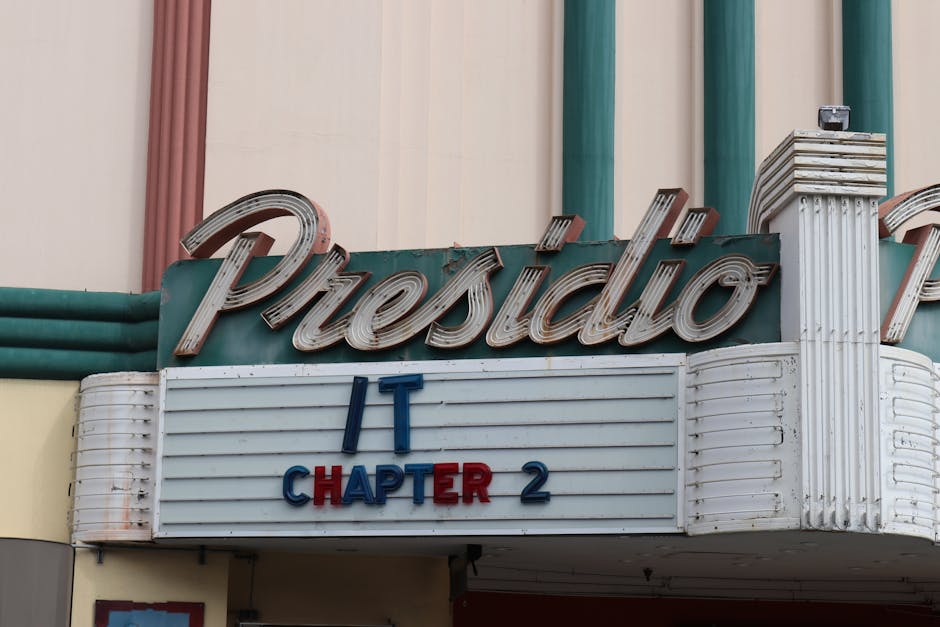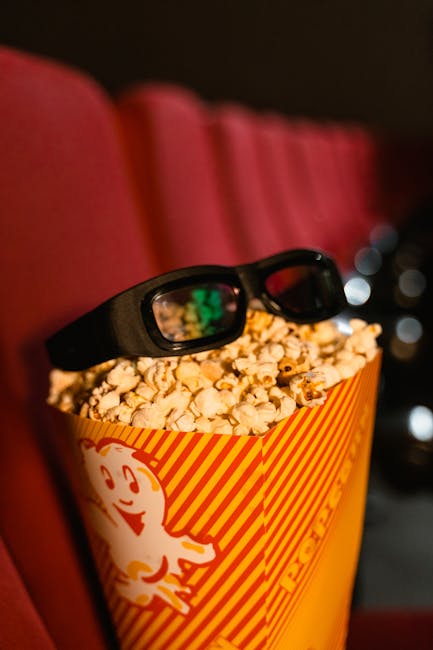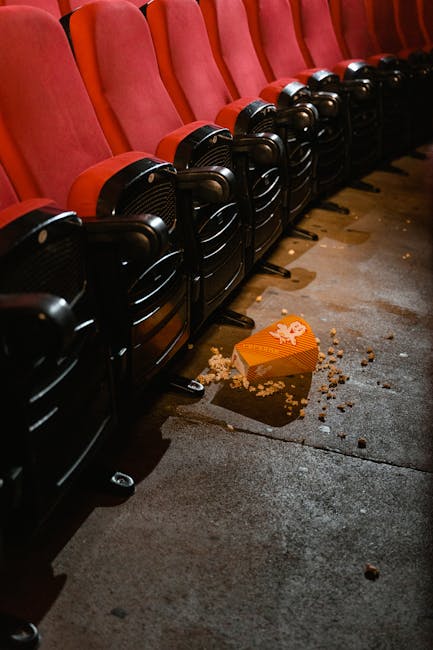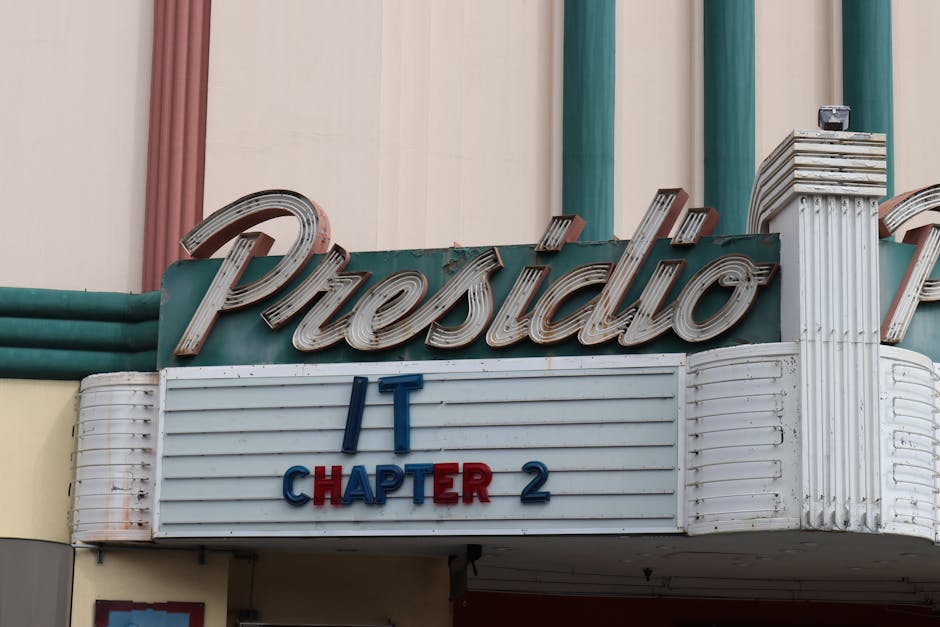The Visit: A Deep Dive into Shyamalan’s Masterclass of Found Footage Horror
M. Night Shyamalan, a name synonymous with unpredictable twists and atmospheric suspense, delivered a surprising gem in 2015 with The Visit. Departing from his grand, epic narratives, Shyamalan crafted a chilling found-footage horror film that plays on the anxieties of family dynamics and the unsettling mysteries lurking beneath the surface of seemingly normal lives. This exploration delves into the film’s success, its effective use of the found-footage format, its exploration of complex themes, and its lasting impact on the horror genre.
The Premise: A Seemingly Innocent Family Reunion
The Visit centers around Becca and Tyler, two teenagers who embark on a week-long trip to their grandparents’ secluded Pennsylvania farm. Their estranged mother, who hasn’t seen her parents in years, encourages the visit, hoping to rekindle a fractured family bond. The children, armed with their camcorders, document their journey, unbeknownst to them, unknowingly capturing the descent into a chilling mystery.
The Found Footage Technique: A Masterful Choice
The film’s use of found footage isn’t simply a stylistic choice; it’s integral to its narrative and emotional impact. The shaky camera work, the amateurish editing, and the occasional glitches create an unsettling realism. This immersion amplifies the suspense and forces the viewer to experience the escalating dread alongside the protagonists. The immediacy of the found-footage format enhances the feeling of vulnerability and helplessness, making the disturbing events all the more terrifying.

Shyamalan expertly uses the limitations of the medium to build tension. The viewer only sees what the children see, leading to a constant state of unease and anticipation. This technique prevents the audience from having a clear picture of what is happening, fostering a palpable sense of paranoia and distrust. The subjective perspective intensifies the film’s impact, making the audience complicit in the children’s unsettling journey.
Unraveling the Mystery: A Descent into Darkness
The initial days of the visit appear deceptively normal, showcasing the heartwarming potential of family reconciliation. However, strange occurrences begin to unravel the façade of normalcy. The grandparents’ eccentric behavior, their increasingly odd habits, and the disturbing nighttime episodes slowly escalate the tension, creating a creeping sense of dread that permeates every scene.
Exploring Complex Themes: Family, Trauma, and the Unseen
Beyond the surface horror, The Visit explores profound themes. It delves into the complexities of family relationships, particularly the generational trauma passed down and the challenges of reconciling past hurts. The film subtly addresses the burden of unspoken secrets and the impact of mental illness, highlighting the importance of understanding and communication within families.
The film masterfully uses the supernatural element as a metaphor for unresolved emotional issues. The grandparents’ erratic behavior represents the psychological scars and unresolved trauma that haunt them. The chilling revelations that follow reveal a hidden darkness and a tragic story of family dysfunction, far exceeding typical horror tropes.

The Twist: A Shyamalan Signature
While the film maintains a steady build-up of suspense and utilizes jump scares effectively, it is the final twist that truly cements its place in Shyamalan’s filmography. The revelation, while unexpected, is carefully planted throughout the film, through subtle clues and foreshadowing only discernible through careful observation. This element of surprise, a signature of Shyamalan’s work, demonstrates his capacity for crafting stories that resonate long after the credits roll. The twist isn’t simply a shocking revelation; it’s a profoundly unsettling commentary on the complexities of human nature and the dark side of family dynamics.
The Legacy and Impact of The Visit
The Visit represents a return to form for Shyamalan, demonstrating his ability to deliver both critical acclaim and box office success. It revitalized his career after a series of less-than-stellar films and established him as a force to be reckoned with in the horror genre. The film’s success highlights the enduring appeal of well-crafted suspense and the power of effectively utilizing the found-footage format.

The film’s success can be attributed to several factors: its clever use of the found-footage style, its effective exploration of universal anxieties surrounding family and mental illness, and, of course, Shyamalan’s signature twist ending. The film’s ability to blend horror with genuinely moving character moments sets it apart from many contemporary horror films.
The Film’s Lasting Influence
- Reinvigorated Shyamalan’s Career: The film’s success signaled a resurgence in his creative output.
- Elevated Found Footage Horror: The Visit proved that found footage could be used for more than just jump scares, establishing its potential for exploring complex themes.
- Inspired a New Generation of Horror Films: The film’s success paved the way for other filmmakers to explore similar themes and utilize the found footage technique in innovative ways.
Conclusion: A Must-See for Horror Fans and Beyond
The Visit transcends the typical horror film. It’s a masterful blend of suspense, psychological horror, and emotional depth. Shyamalan’s skillful use of the found-footage technique, combined with the exploration of complex family dynamics and the unsettling revelation of a dark secret, creates a cinematic experience that lingers long after the credits roll. Whether you’re a seasoned horror aficionado or simply looking for a thrilling and unsettling film, The Visit is a must-see.

